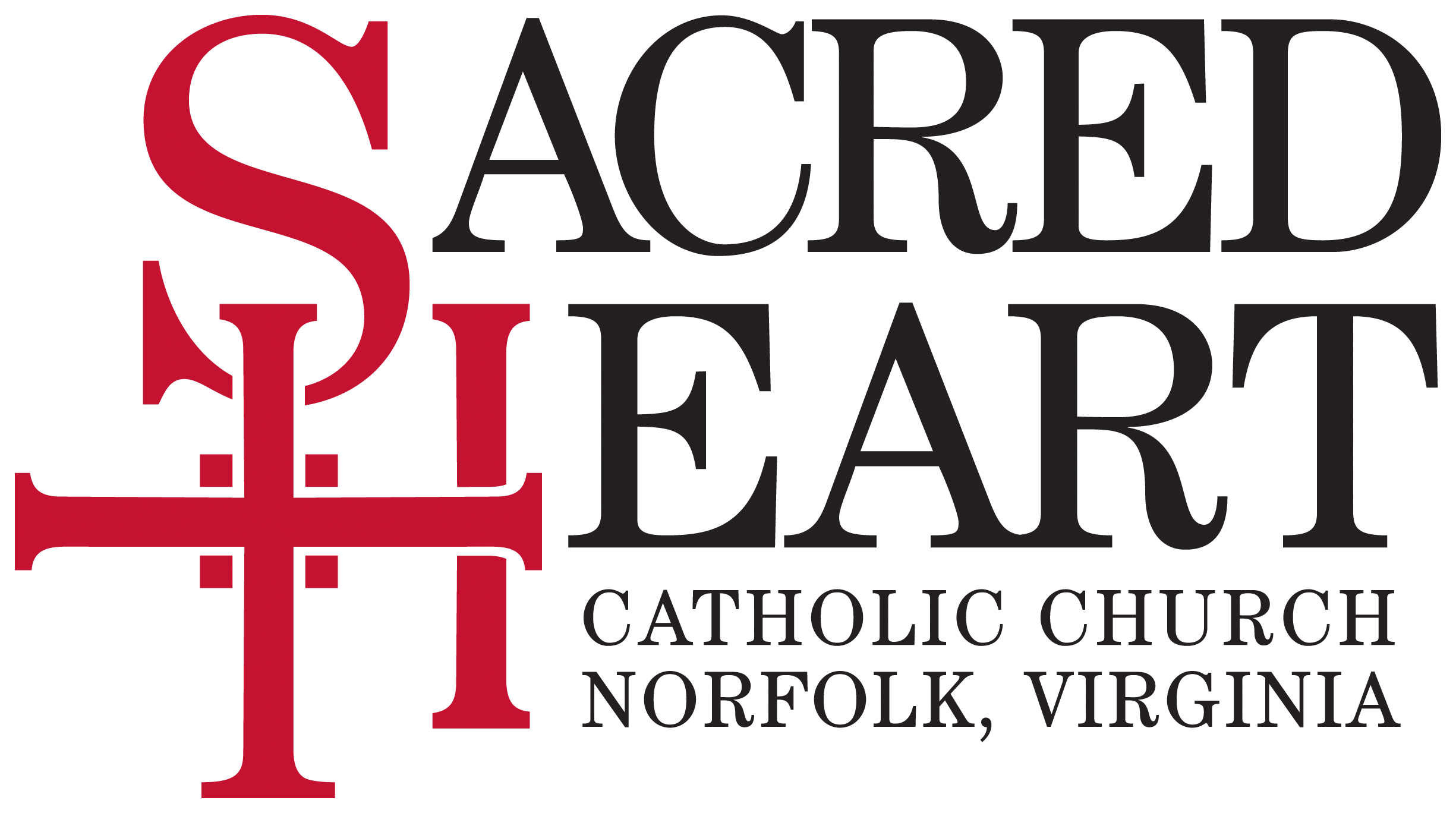The Prelude this week is an arrangement by J.S. Bach of a movement from Kantate 140 Wachet auf, ruft uns die Stimme, BWV 140, [also known as Sleepers Wake], He composed the cantata in Leipzig for the 27th Sunday after Trinity and first performed it on 25 November 1731. Note that Lutherans did not sing Cantatas in Advent or Lent. Here is the 4th verse:
4. Chorale Tenor
Zion hears the watchmen sing,
her heart leaps for joy within her,
she wakens and hastily arises.
Her glorious Friend comes from heaven,
strong in mercy, powerful in truth,
her light becomes bright, her star rises.
Now come, precious crown,
Lord Jesus, the Son of God!
Hosannah!
We all follow
to the hall of joy
and hold the evening meal together.
Here is a link to the original Kantate. https://youtu.be/QIHFfuzKYPI – 13:30 is where verse 4 begins. The organ version link: https://youtu.be/LEQVlGzusWQ is played by Helmut Walcha a very famous blind organist. The organ choral is one of the Six Schübler-Choräle and one of the few pieces published in the Master’s lifetime. Johann Georg Schübler, after whom the collection came to be named, published it in 1747 or before August 1748, in Zella St. Blasii. Here is a very interesting link to MJQ https://youtu.be/HuFobtV7HNg?list=PLCoPtfrZK-9jIlQwACJmEyMOBJZvxJa-B
The Offertory, This Is the Record of John by Orlando Gibbons, is a very famous English Verse Anthem. [A verse anthem alternates between solo and choral sections.] Here is the link: https://youtu.be/2TlFEhHFIQo This is the original version for solo Tenor, SAATB choir and a consort of viols [the 16th Century violins]. The modern Symphony orchestra still has a viol lurking amongst the violins, violas, and ‘cellos – it is the Bass Viol. Gibbons was born in 1583 (most likely in December) and baptized on Christmas Day at Oxford, where his father William Gibbons was working as a musician. Between 1596 and 1598 he sang in the Choir of King’s College, Cambridge, where his brother Edward Gibbons (1568–1650), eldest of William’s four sons, was master of the choristers. The second brother, Ellis Gibbons(1573–1603), was also a promising composer but died young. Orlando entered the university as a sizar (a scholarship student) in 1598 and achieved the degree of Bachelor of Music in 1606. That same year he married Elizabeth Patten, and they went on to have seven children. King James I appointed him a Gentleman of the Chapel Royal, where he served as an organist from at least 1615 until his death. He also held positions as keyboard player in the privy chamber of the court of Prince Charles (later King Charles I), and organist at Westminster Abbey. He died at age 41 in Canterbury of apoplexy, and was buried in Canterbury Cathedral.
